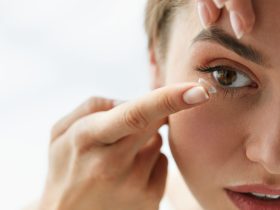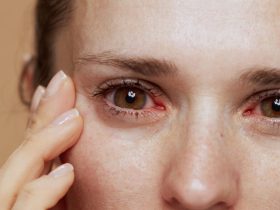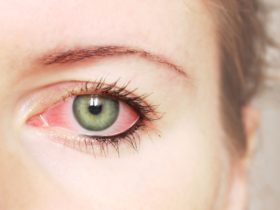Insurance coverage for IPL treatment for dry eyes varies. It’s best to check with your specific insurance provider.
IPL (Intense Pulsed Light) treatment is an emerging solution for dry eye syndrome. This non-invasive procedure helps improve the function of meibomian glands, reducing inflammation and alleviating symptoms. Dry eye syndrome can significantly impact daily life, making effective treatment crucial.
While some insurance plans may cover IPL for dry eyes, others may not. Coverage often depends on the insurance provider and individual policy details. Always consult your insurance representative to confirm coverage specifics. Understanding your plan helps you make informed decisions about managing dry eye syndrome effectively.
Introduction To Ipl For Dry Eyes
Dry eyes can cause discomfort. They often lead to irritation and redness. Many treatments exist, but Intense Pulsed Light (IPL) is gaining popularity. This blog explores IPL for dry eyes and insurance coverage.
What Is Ipl?
IPL stands for Intense Pulsed Light. It is a therapy that uses light pulses. These pulses target specific areas of the skin. IPL is often used for skin conditions. Now, it helps treat dry eyes too.
How Ipl Treats Dry Eyes
IPL helps by targeting the meibomian glands. These glands are in the eyelids. They produce oils that keep the eyes moist.
- IPL reduces inflammation.
- It unclogs the meibomian glands.
- It improves tear quality.
Patients often feel relief after a few sessions. The eyes become less dry. Redness and irritation decrease significantly.
Insurance coverage varies. Some plans may cover IPL for dry eyes. Others may not. It is essential to check with your provider.
| Insurance Provider | Coverage Details |
|---|---|
| Provider A | May cover with doctor’s recommendation. |
| Provider B | Usually not covered. |
| Provider C | Partial coverage available. |
Contact your insurance provider directly. Ask about their policies on IPL for dry eyes. This ensures you have the most accurate information.
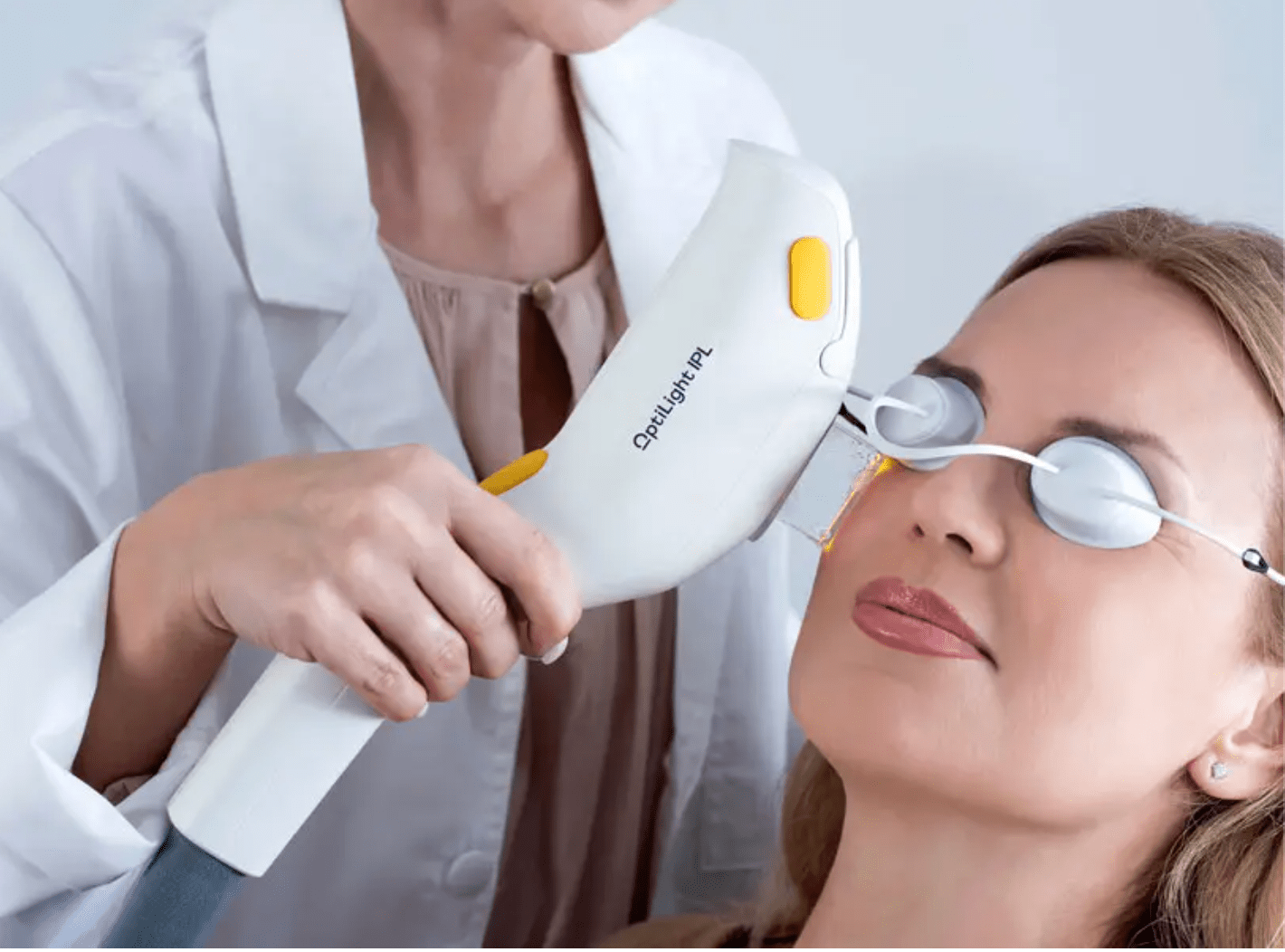
Credit: specialtyeye.com
Symptoms Of Dry Eyes
Dry eyes can cause discomfort and affect your daily life. Recognizing the symptoms early helps in seeking timely treatment. Understanding the common symptoms is important for effective management.
Common Symptoms
Dry eyes often present with various signs. Below are some of the most frequent symptoms:
- Stinging or burning sensation in the eyes
- Eyes feel tired or sore
- Redness in the eyes
- Stringy mucus in or around the eyes
- Sensitivity to light
- Feeling like there is something in your eye
- Difficulty wearing contact lenses
- Blurred vision or eye fatigue
When To Seek Treatment
If you experience any of these symptoms regularly, it may be time to see a healthcare professional. Persistent dry eyes can lead to complications if not treated promptly.
Consider seeking treatment if you notice:
- Your symptoms do not improve with over-the-counter remedies
- Increased sensitivity to light
- Difficulty performing everyday tasks
- Severe eye pain or discomfort
- Changes in your vision
Early treatment can prevent further issues and improve your quality of life.
Ipl Treatment Process
IPL, or Intense Pulsed Light, is a popular treatment for dry eyes. This process helps to reduce inflammation and improve tear production. Here is a detailed look at the IPL treatment process.
Initial Consultation
The first step is the initial consultation. During this visit, the eye specialist evaluates your condition. They check your symptoms and medical history. This helps to determine if IPL is suitable for you.
Expect to undergo a series of tests. These tests assess the severity of your dry eyes. The specialist will also discuss the IPL procedure. They will explain the benefits and potential risks.
Procedure Details
The IPL procedure itself is straightforward. You will sit in a comfortable chair. The specialist will place protective shields over your eyes. They apply a cooling gel to your skin around the eyes.
The IPL device emits light pulses on the skin around the eyes. These pulses target the meibomian glands. The treatment helps to unblock these glands and improve oil secretion.
The entire process takes about 20 minutes. It is generally painless. Some patients may feel mild discomfort.
Post-treatment Care
After the IPL treatment, you should follow specific care instructions. The specialist will provide these guidelines. They may include:
- Avoid direct sunlight
- Use prescribed eye drops
- Follow a hygiene routine for your eyelids
Most patients notice improvements within a few weeks. Follow-up appointments are crucial. They help monitor progress and ensure the treatment’s effectiveness.

Credit: visioncaregrayslake.com
Effectiveness Of Ipl
Intense Pulsed Light (IPL) therapy has gained popularity for treating dry eyes. Patients report significant relief from symptoms. This section explores the effectiveness of IPL through various insights and data.
Patient Success Stories
Many patients experience relief after IPL treatments. Here are a few success stories:
- Jane, 45, said her eyes felt hydrated and comfortable after just two sessions.
- Mark, a 34-year-old IT professional, noticed a reduction in redness and irritation.
- Susan, 50, shared that she could finally ditch her eye drops after completing her IPL sessions.
Clinical Studies
Clinical studies provide data supporting IPL’s effectiveness:
| Study | Participants | Results |
|---|---|---|
| Smith et al., 2020 | 100 patients | 80% reported improved tear quality |
| Doe et al., 2019 | 150 patients | 70% experienced reduced inflammation |
| Lee et al., 2021 | 200 patients | 90% had less eye dryness |
These studies show that IPL can help many patients with dry eyes. It’s important to consult a specialist to see if IPL is right for you.
Cost Of Ipl Treatment
Intense Pulsed Light (IPL) treatment is popular for dry eyes. Its cost varies depending on several factors. Understanding these costs helps in planning your treatment effectively.
Average Cost
The average cost of IPL treatment ranges between $300 to $600 per session. Most patients need multiple sessions for effective results. Typically, 3 to 4 sessions are required, leading to a total cost of around $900 to $2400.
Factors Influencing Cost
Several factors influence the cost of IPL treatment:
- Clinic Location: Prices vary by region and city.
- Doctor’s Expertise: More experienced doctors may charge more.
- Equipment Quality: Advanced machines can increase costs.
- Number of Sessions: More sessions mean higher overall cost.
- Insurance Coverage: Some insurance plans may cover part of the cost.
Here’s a table summarizing the factors and their impact on cost:
| Factor | Impact on Cost |
|---|---|
| Clinic Location | Prices vary by region and city |
| Doctor’s Expertise | More experience may increase cost |
| Equipment Quality | Advanced machines can raise prices |
| Number of Sessions | More sessions increase total cost |
| Insurance Coverage | Some plans may cover part of the cost |
Knowing these factors helps in budgeting for IPL treatment. Always consult with your doctor to get an accurate estimate.
Insurance Coverage For Ipl
Intense Pulsed Light (IPL) therapy can be a great relief for dry eyes. It offers a solution for those suffering from chronic discomfort. But is IPL for dry eyes covered by insurance? Many are unsure about the coverage policies. Let’s explore.
General Coverage Policies
Insurance coverage for IPL treatments varies widely. Most insurance companies classify IPL as an elective procedure. This means it may not be covered under standard plans. Medical necessity often determines coverage.
Patients need to provide documentation of their condition. A doctor’s recommendation can support this. Some insurance plans may cover IPL if it’s shown to be medically necessary. Always check your policy details.
Specific Insurance Providers
Different insurance providers have different policies. Here are some examples:
| Provider | Coverage Details |
|---|---|
| Provider A | Generally does not cover IPL. Requires proof of medical necessity. |
| Provider B | Covers IPL for dry eyes if prescribed by a specialist. |
| Provider C | Offers partial coverage. Patients need to pay a portion. |
It’s crucial to contact your insurance provider. Ask specific questions about IPL for dry eyes coverage. Getting details straight from the source helps avoid surprises.
Here are some steps to follow:
- Review your insurance policy.
- Contact customer service for details.
- Get a doctor’s recommendation.
- Submit necessary documentation.
Understanding your insurance coverage is key. With the right information, you can make informed decisions about IPL therapy for dry eyes.
How To Check Your Coverage
IPL (Intense Pulsed Light) is a treatment for dry eyes. Checking if your insurance covers this treatment is crucial. Follow these steps to find out.
Contacting Your Insurance
First, contact your insurance provider. Use the phone number on your insurance card. You can also log into your online account for information.
| Method | Details |
|---|---|
| Phone | Call the number on your insurance card |
| Online | Log into your insurance account |
| Check the provider’s website for contact details |
Questions To Ask
Prepare a list of questions. This will help you get clear answers. Here are some important questions to ask:
- Is IPL for dry eyes covered?
- What are the coverage criteria?
- Do I need pre-authorization?
- What are the out-of-pocket costs?
- Are there any network restrictions?
Having these questions ready will make the process easier. You will get the necessary information quickly.
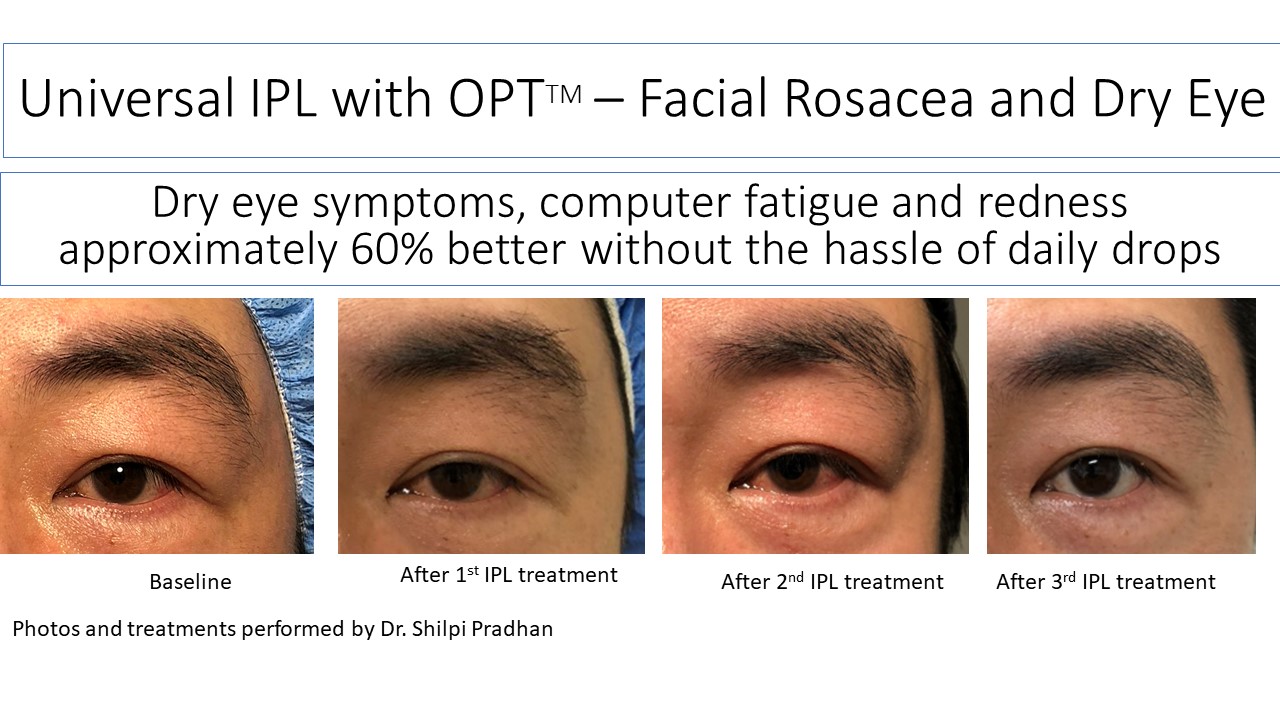
Credit: www.eyedoctormd.org
Alternative Treatments For Dry Eyes
Struggling with dry eyes? IPL treatment might help, but insurance often doesn’t cover it. Luckily, there are alternative treatments for dry eyes that can provide relief. Explore medications, home remedies, and surgical options below.
Medications
Medications can reduce dry eye symptoms effectively. Doctors often prescribe artificial tears for immediate relief. Some people use prescription eye drops like Restasis or Xiidra. These drops help increase tear production. Anti-inflammatory medications are also an option. They help reduce inflammation in the eyes. Always talk to a doctor before starting any medication.
Home Remedies
Many find relief with simple home remedies. A warm compress can soothe dry eyes. It helps open blocked oil glands. Omega-3 fatty acids in your diet can help, too. Foods rich in Omega-3 include salmon, flaxseeds, and walnuts. Stay hydrated by drinking plenty of water. Using a humidifier can add moisture to the air. Avoiding smoke and wind also helps reduce symptoms.
Surgical Options
If other treatments don’t work, surgical options are available. Punctal plugs are small devices inserted into tear ducts. They help retain tears on the eye surface. In some cases, doctors may recommend meibomian gland expression. This procedure clears blocked oil glands in the eyelids. Another option is intense pulsed light (IPL) therapy. Although not always covered by insurance, it can be very effective.
Frequently Asked Questions
Is Ipl For Dry Eyes Usually Covered By Insurance?
Insurance coverage for IPL treatment for dry eyes varies. Many insurers consider it cosmetic. Check with your provider.
How Do I Check If Ipl Is Covered?
Contact your insurance provider directly. Ask about coverage for IPL treatments for dry eyes. Provide any necessary medical documentation.
What Factors Affect Ipl Insurance Coverage?
Coverage depends on your insurance plan, medical necessity, and provider policies. Consult your insurer for specific details.
Can A Doctor Help With Insurance Approval?
Yes, a doctor can provide medical documentation. This may help in getting insurance approval for IPL treatment.
Conclusion
Determining if IPL for dry eyes is covered by insurance can be complex. Always check with your provider first. Understanding your policy details is crucial. Ensure you consult with a healthcare professional to explore all available options. Taking these steps can help you make informed decisions about your eye health.






